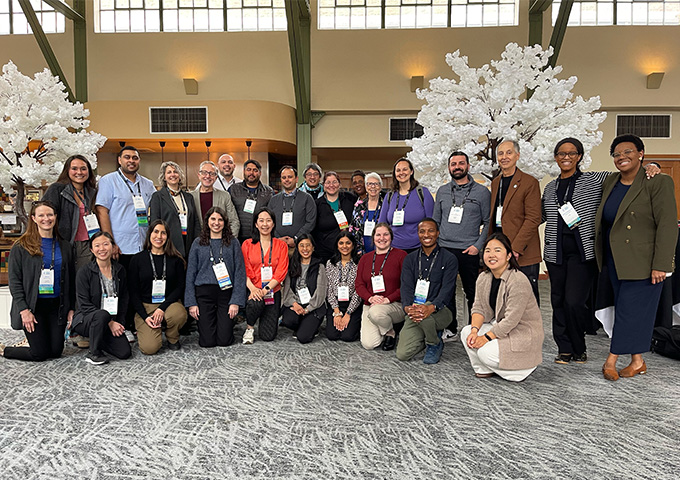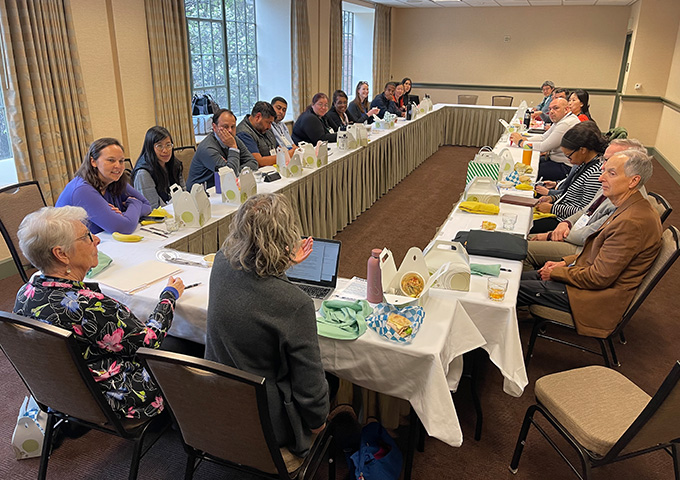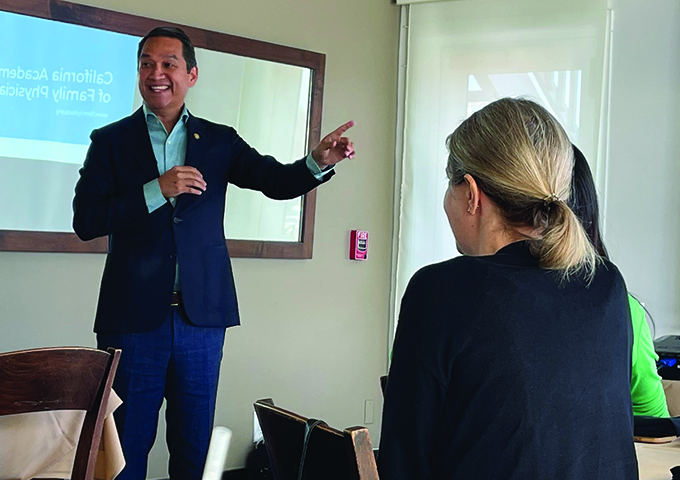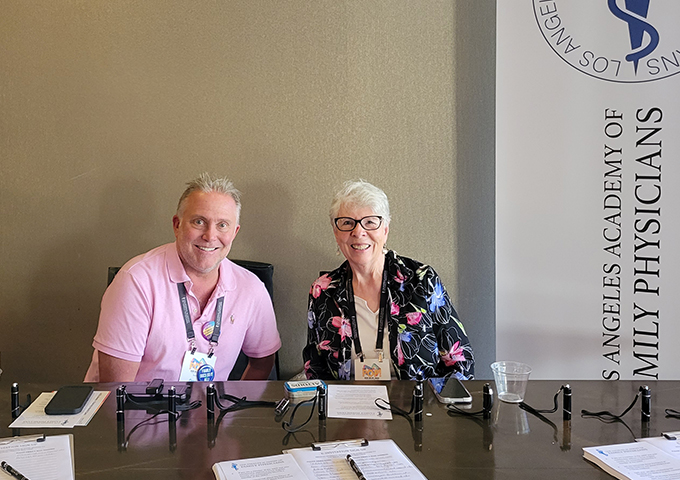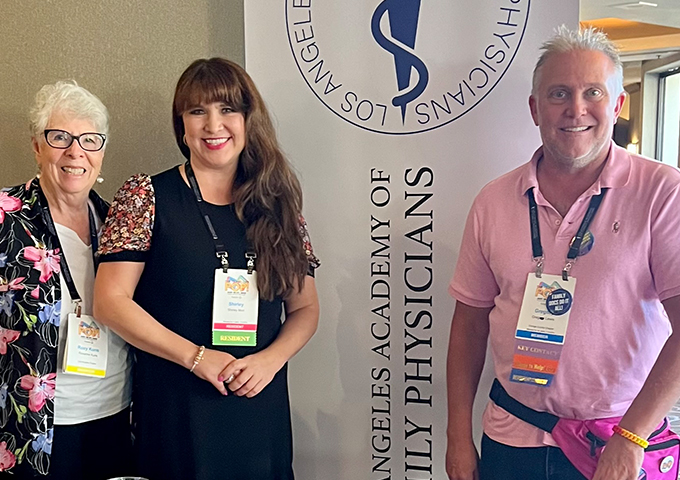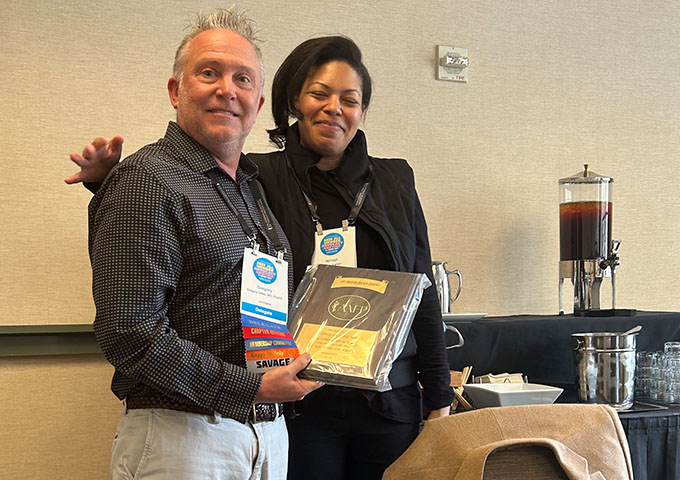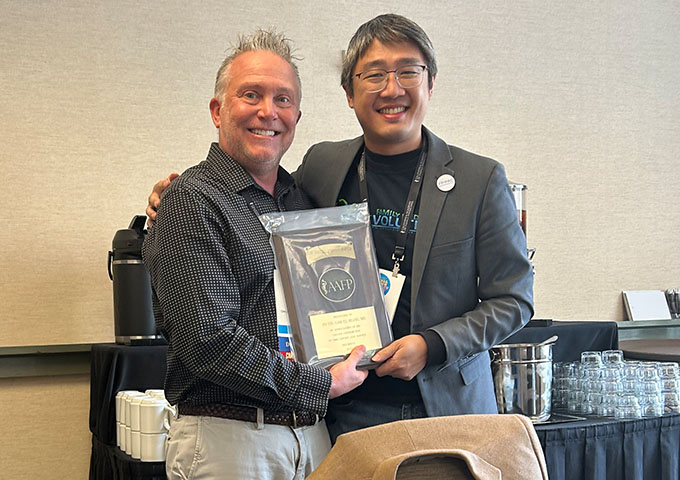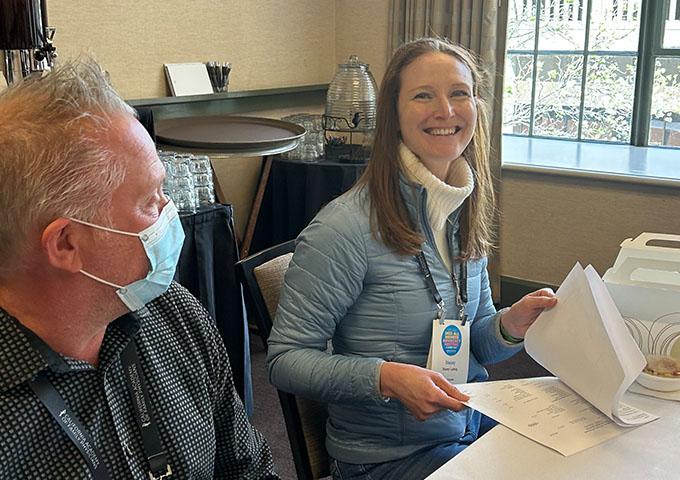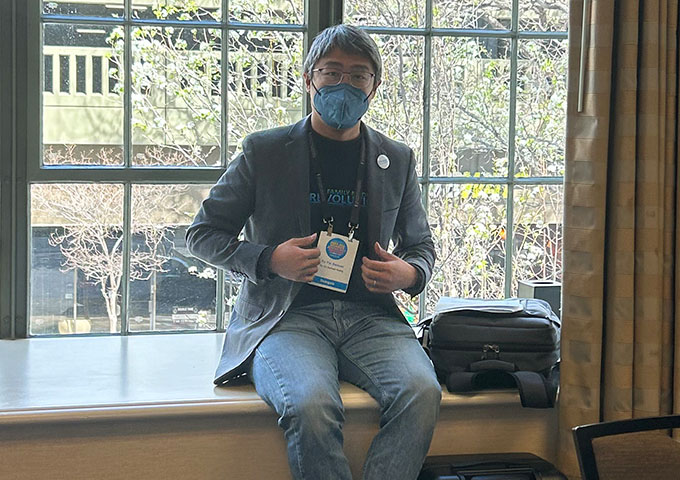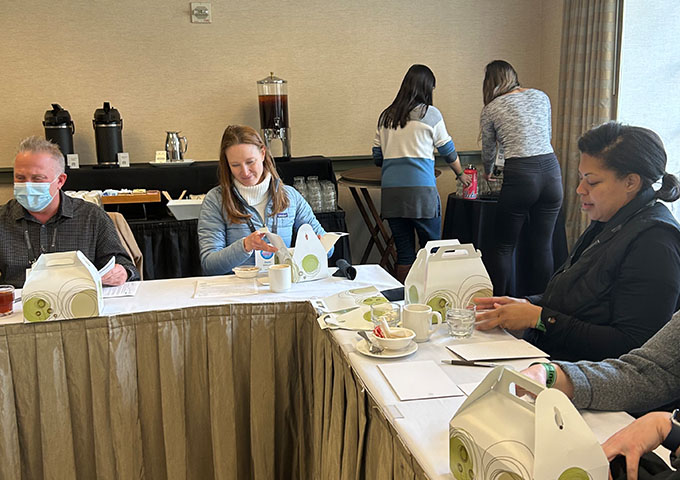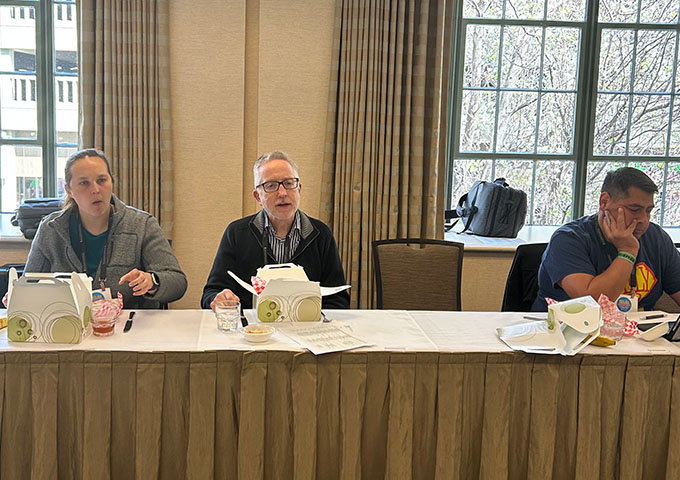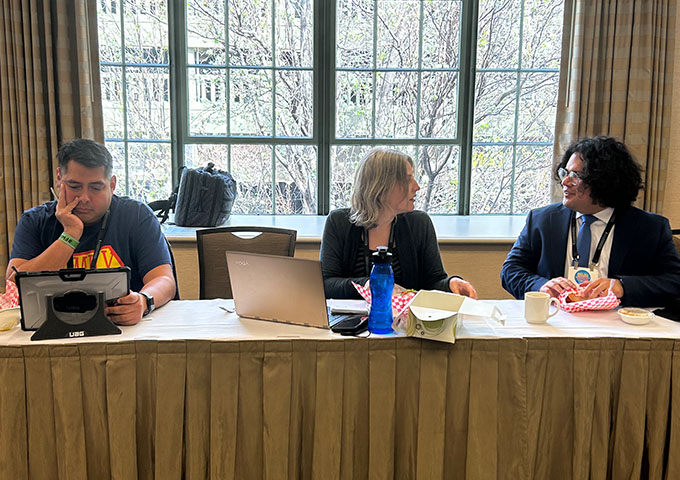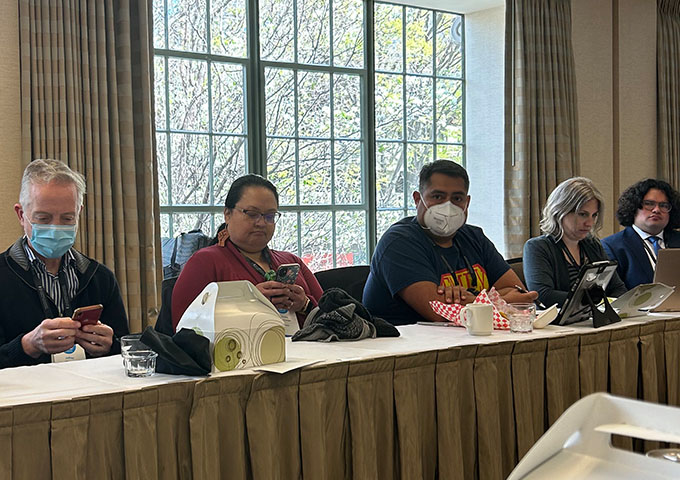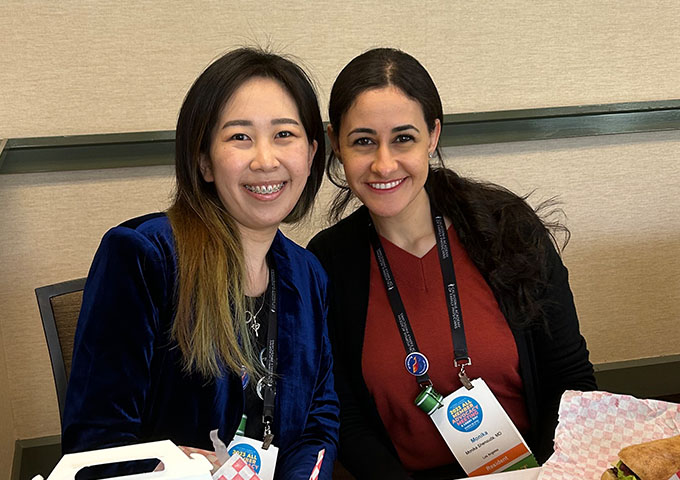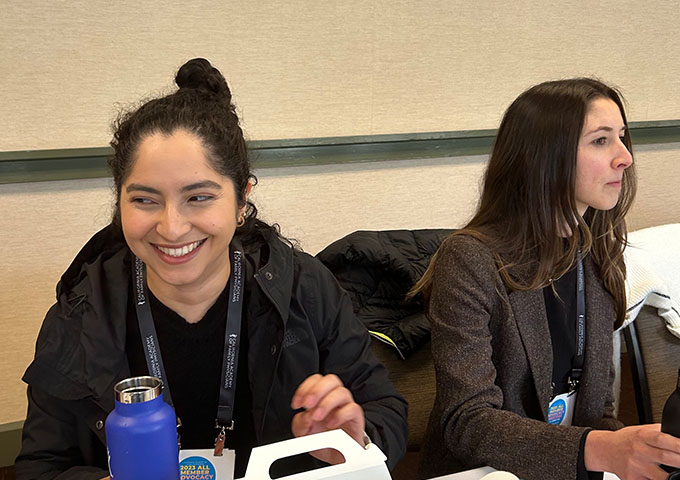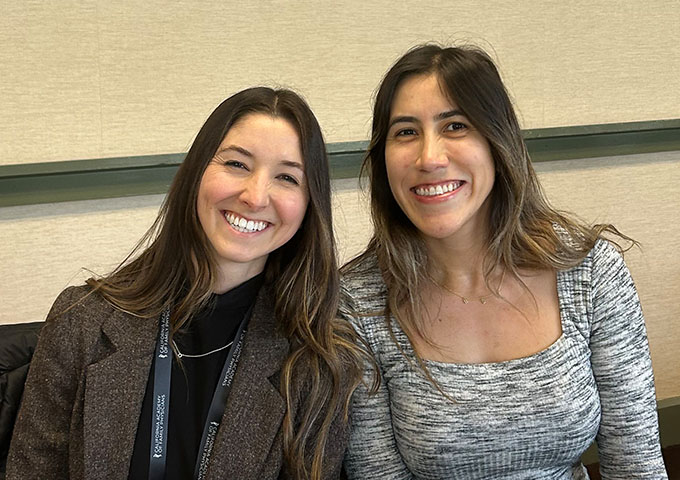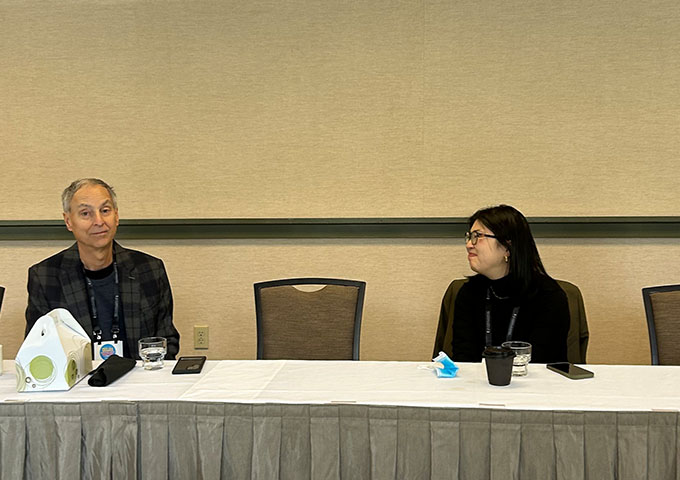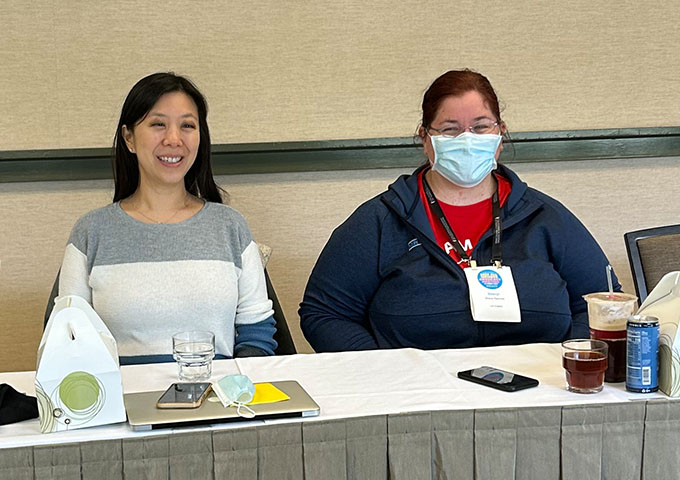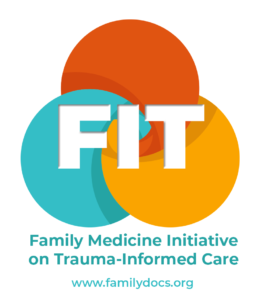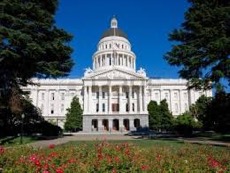 On April 11, AAFP President Steven Furr, MD, presented a report on primary care and health care costs to the US Senate Committee on Finance. According to the AAFP, US spending on primary care dropped from 6.2% to 4.7% of health care costs between 2013 and 2021 (compared to 12-17% in other industrialized countries). Medicare spending on primary care decreased 15% between 2019 and 2021 (partly due to pandemic issues). The Medicare Physician Fee Schedule (MPFS) values procedural services higher than office visits and other cognitive services delivered by primary care physicians. Many new procedural codes with higher values have been added. However, primary care office/outpatient evaluation and management (E/M) visits have been shown to be more complex and comprehensive than those delivered by other specialties. Other private and public health plans use these MPFS rates as guidelines for their fee schedules, so this is a nation-wide problem.
On April 11, AAFP President Steven Furr, MD, presented a report on primary care and health care costs to the US Senate Committee on Finance. According to the AAFP, US spending on primary care dropped from 6.2% to 4.7% of health care costs between 2013 and 2021 (compared to 12-17% in other industrialized countries). Medicare spending on primary care decreased 15% between 2019 and 2021 (partly due to pandemic issues). The Medicare Physician Fee Schedule (MPFS) values procedural services higher than office visits and other cognitive services delivered by primary care physicians. Many new procedural codes with higher values have been added. However, primary care office/outpatient evaluation and management (E/M) visits have been shown to be more complex and comprehensive than those delivered by other specialties. Other private and public health plans use these MPFS rates as guidelines for their fee schedules, so this is a nation-wide problem.
Billing for FFS payment is also complex and costly. We must submit unique codes for every service provided, documenting what we did and why we did it. This is incompatible with the continuous, comprehensive nature of primary care. Congressional budget neutrality requirements force CMS to offset increases or additions anywhere with across-the-board FFS cuts to all services, including primary care (which is then reflected in other health plans’ fee schedules).
In CMS’s Comprehensive Primary Care Plus (CPC+) model tested by participating practices, they used prospective payments to invest in care-delivery transformations not feasible in FFS, such as after-hours physician access with real-time EHR access, designated on-site longitudinal-care managers such as nurses or medical assistants, and an on-site pharmacist to support comprehensive medication management. Prospective payment offers practices the opportunity to make these service investments, which are not feasible with traditional retrospective FFS payments.
The California Dept of Health Care Services (DHCS) is expanding the Naloxone Distribution Project (NDP) to include fentanyl test strips (FTS), which can be obtained by eligible organizations throughout California. FTS detects the presence of fentanyl in drug samples prior to ingestion. NDP applicants can request naloxone, FTS, or both at no cost through the online application.
Beginning Aug 1, California dispensers of controlled substances will be required to report to the Controlled Substance Utilization Review and Evaluation System (CURES) using the version 4.2B upgrade of the American Society of Automation in Pharmacy (ASAP) format, which will reportedly improve data quality. Practices dispensing controlled substances should contact their data submission software providers to confirm that they are preparing for the ASAP version change. (Technical implementation may take considerable time. See “New File Format for Reporting to CURES” for additional information.

